Over the 32 years of independence, Ukraine has launched many satellites into space. And some more are planned to be launched. Some of the missions cannot be called successful, but all of them deserve to be mentioned.
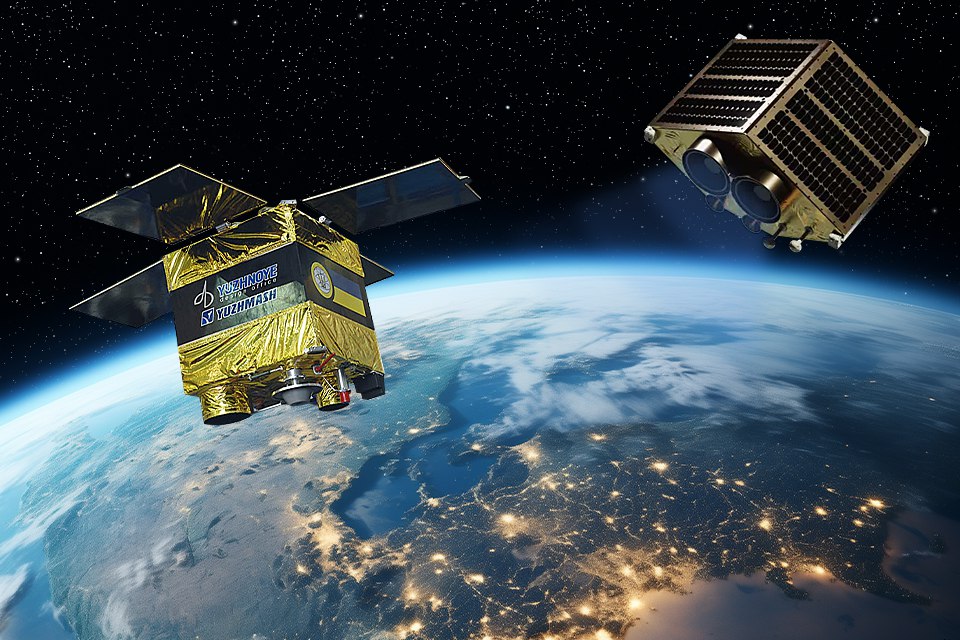
The first satellite of Ukraine
Ukraine is a space power. It is capable of producing its own launch vehicles and equipment for space exploration. Leonid Kadenyuk flew on the American Shuttle. However, our good position in this area is most evident in satellites, which were launched into space by Ukraine since our country acquired independence. There were not so few of them, and they all deserve to be remembered.
Since the times of the Soviet Union, Ukraine has hosted several enterprises with experience in spacecraft development. The main one was the Pivdenne Design Bureau, located in the city of Dnipro.
It is not surprising that when our young country willed to launch its first satellite into space in the early years of independence, the development of the device was started here. Sich-1 satellite was launched into space on August 31, 1995.
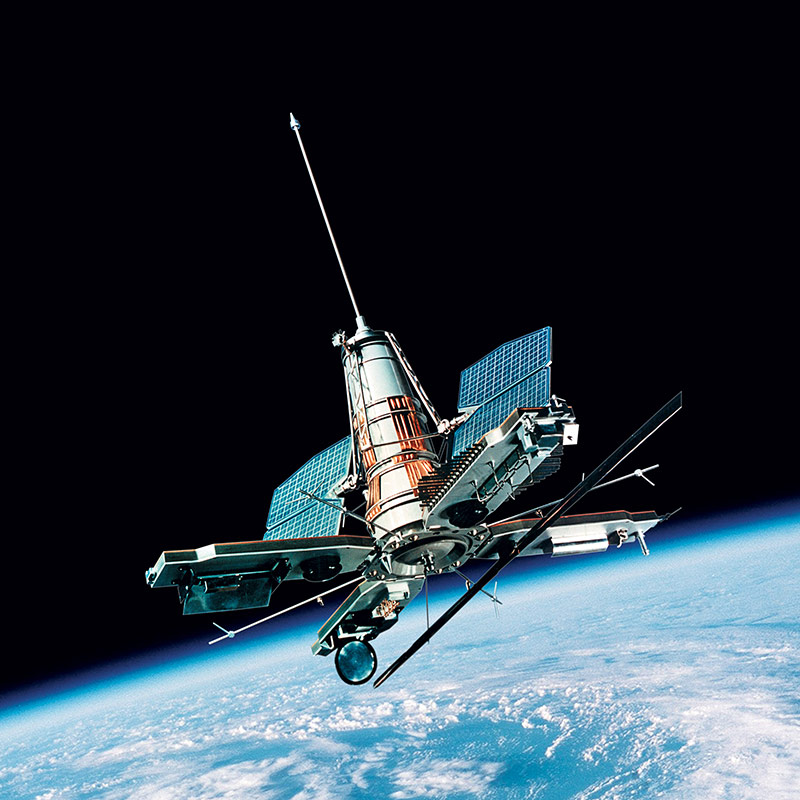
Everyone in Ukraine has probably heard its name, but not many people know what it was. Sich-1 was a remote sensing satellite of the Ocean-O type. It carried a whole range of equipment: two multispectral scanners capable of receiving data in several bands, including the visible, two radars combined into a single radar surveillance system, and a passive microwave radiometer.
Due to all this, Sich-1 was able to comprehensively assess the weather conditions in a particular area of the world’s oceans. It was able to determine not only the state of the atmosphere, but also sea disturbances, snow cover thickness, and vegetation. However, its accuracy was extremely low.
Sich-1 operated in the Earth’s high polar orbit with an inclination of 82 degrees and an apogee of 660 km until 2001. However, it is not known for certain whether all the equipment on board remained functional. In any case, this particular vehicle still holds the record for longevity in space.
Sich-1‘s successors
After the launch of Sich-1, Pivdenne Design Bureau continued to work on satellites of this series. In 1999, Ocean-O was launched into orbit. Its name sounds the same as the series as a whole, but it was quite different from its predecessors. It was almost three times heavier than the first Ukrainian satellite and weighed 6,250 kg. In addition to what its predecessor had, it carried two more ultra-high-precision radiometers, a polarization spectroradiometer, and a whole set of sensors operating in different wave bands.
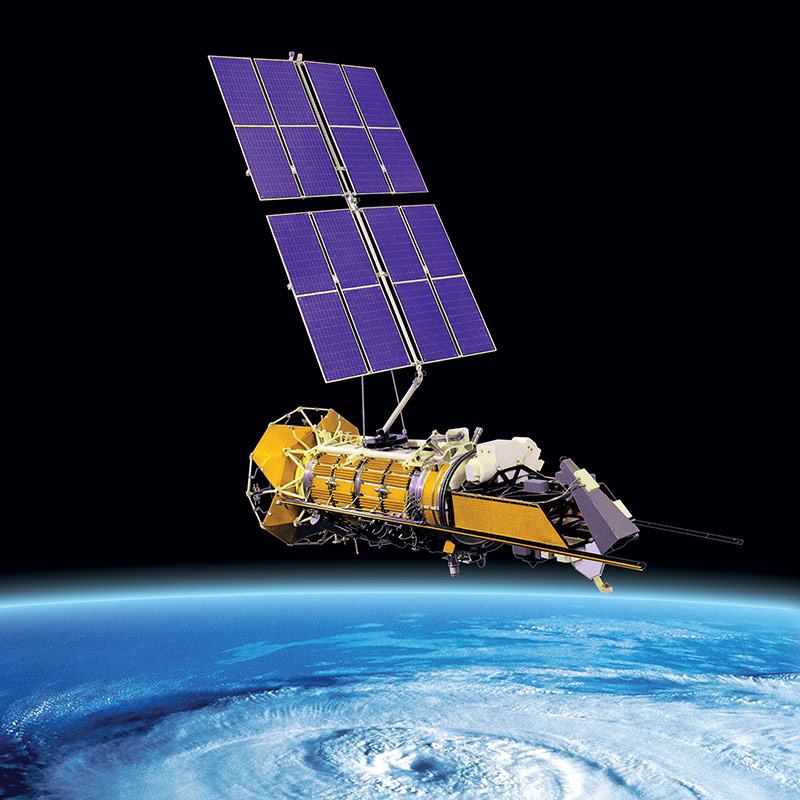
Thanks to this set of equipment, Ocean-O could perform an even wider range of tasks, which included geological research. As for how long Ocean-O worked in orbit, the data are contradictory. According to some sources, it completed its work in 2002, according to others — in 2000.
But the story of the satellites in this series did not end there. In 2004, Sich-1M was launched into orbit. Its design was completely similar to the first satellite, but it had a significantly improved multiband scanner, which increased the resolution to 24 meters. In addition, it carried the Variant experiment, which was to study the Earth’s magnetic field and ionosphere.
Unfortunately, problems arose during the launch, and Sich-1M was unable to reach the target altitude and maintain the required orientation. It remained in orbit until April 2006.
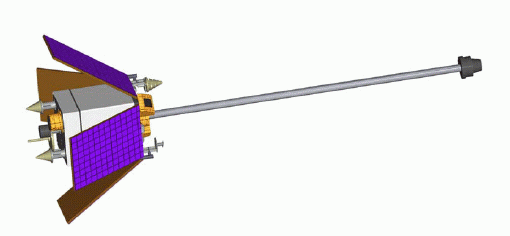
Along with Sich-1M, the Mikron satellite was also launched into orbit. It was much smaller than all previous designs and weighed only 66 kg. However, it was equipped with a magnetometer and a small-sized camera that could take pictures and transmit them to Earth. The spacecraft was designed to operate for three years, but it left orbit in August 2005.
What has been launched in the last 15 years?
After the not-so-successful launch of Sich-1M, Ukraine took a break for a few years and resumed launching satellites. However, on August 17, 2011, Sich-2 was launched into orbit. Despite its name, it had very little in common with the old Ocean-O series, although, like them, this satellite was designed to observe the Earth.
The design that later formed the basis of Sich-2 was tested by Pivdenne Design Bureau on EgyptSat-1. This spacecraft was commissioned by Egypt and launched in 2007. Both satellites operated in the visible part of the spectrum and could take images of the Earth’s surface with a resolution of up to 7.8 meters.
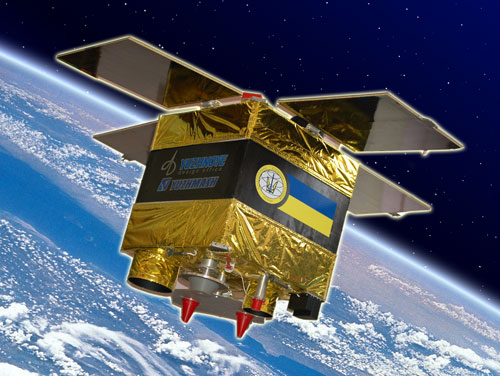
Sich-2 operated in orbit until December 2012, after which it was discontinued due to a loss of power to onboard systems. Interestingly, Pivdenne Design Bureau had another copy of this spacecraft. It was launched into space in January 2022 as Sich-2-30. It had equipment almost identical to the previous one.
Unfortunately, this launch was also unsuccessful. After launching into orbit, the satellite’s orientation turned out to be incorrect, which meant that its solar panels could not receive enough light, and the operation of the device became impossible.
Meanwhile, a new era of ultra-small satellites began in the world. In Ukraine, Kyiv Polytechnic University was its pioneer. On June 19, 2014, PolyITAN-1, a spacecraft developed within the walls of this scientific center, was launched into orbit. It looked like a cubesat, i.e., it was only 10x10x10 cm in size, and was intended to demonstrate that such a small device could exchange information with the Earth and navigate in space.
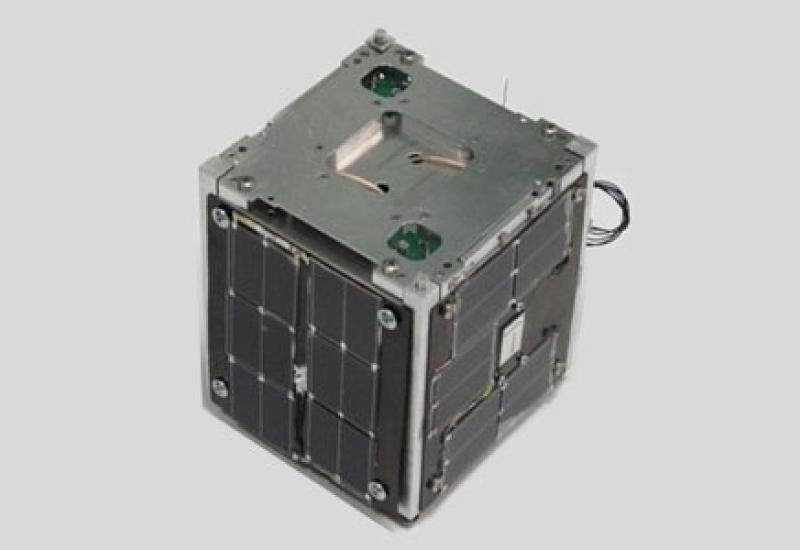
In 2017, PolyITAN-2 was launched into orbit. This time it was a slightly larger device, which had a size of 10x10x20 cm. In addition to the experimental navigation system, it carried a sensor for recording oncoming atmospheric molecules that are still present at an altitude of several hundred kilometers above the Earth.
The task of the device was to identify their characteristics. This was part of the pan-European climate change research.
Finally, on January 3, 2023, the EOS SAT-1 satellite was launched into orbit. It was manufactured by Dragonfly Aerospace at the request of EOS Data Analytics. Both companies are part of the Noosphere project group of Ukrainian businessman Max Polyakov.
The main purpose of EOS SAT-1 is to observe the Earth. It is to be the first of a constellation of satellites designed for agricultural monitoring. The resolution is about 1.5 meters, it operates in the near-infrared and visible spectrums and has a total of 11 channels for data transmission.
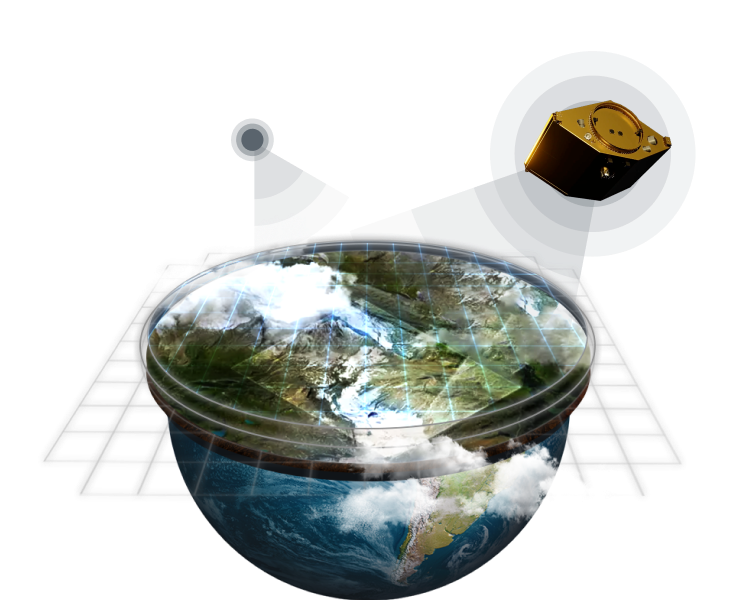
All of this allows EOS SAT-1 to assess the condition of land, predict yields, monitor drought and diseases of forests and fields. Based on its data, experts can give farmers advice on how to manage their business.
Along with this satellite, PolyITAN-HP-30 was also launched into orbit, but it never made contact. This device was also developed by students of Kyiv Polytechnic University. The satellite was designed to test different types of pipes for spacecraft thermal control systems.
The cruel fate of the Lybid satellite
All of the above satellites were either demonstration or observation satellites. However, most of the satellites in Earth orbit are designed to provide communications. Ukraine has its own experience in creating such devices, albeit it was quite pitiful.
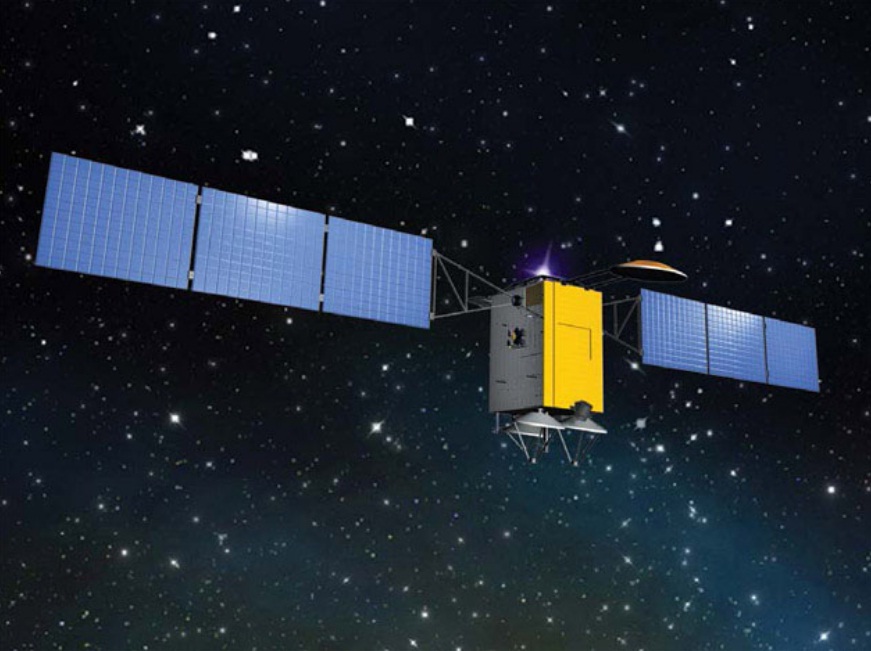
We mean the Lybid satellite. Various projects with this name have existed since 1993, but the first real contract was signed with the Canadian company MacDonald Dettwiler and Associates. According to the contract, they were to design and manufacture a satellite capable of high-speed digital signal transmission.
It was planned that the launch would take place in 2011, and the main task of the satellite would be to broadcast the World Cup, which took place in Ukraine and Poland in 2012. It was also supposed to provide an Internet connection.
However, the satellite production was underfunded. In addition, some of the funds were simply stolen. As a result, the World Cup managed without it. The assembly, which was carried out by the Russian company Information Satellite Systems branded as “Academician M.F. Reshetnyov’s”, was actually completed only as late as 2014. At that time, Russian aggression in Crimea and Donbas had already begun, making its launch impossible.
The situation did not change for the better. Money was allocated for the launch and new deadlines were set, but the satellite continued to lie in Zheleznogorsk, Russia. It is still there today.
Plans for the future
Despite the doom fate of previous launches, Ukraine continues to make plans for the future. One of the most promising of them is the expansion of the EOS SAT satellite constellation. In addition, EOS Data Analytics plans to launch a completely new vehicle — EOS SAR, equipped with radar.
The launch is scheduled for 2024. It will be able to capture high-resolution images of the Earth’s surface, regardless of the time of day, cloud cover, and other obstacles. The capture band will range from 25 to 50 km.
Another promising development is the continuation of the line of vehicles from Kyiv Tech University. In the fall of 2023, the Ukrainian government supported the program to launch the next one.
PolyITAN-12U is scheduled to be launched in 2024. It will be much larger than all previous models, consisting of 12 standard Kubsat modules and weighing almost 20 kg. It will be a device for remote sensing of the Earth in the optical range. Its resolution is expected to be 0.56-0.73 m, which will make it the most sensitive observer that Ukraine has launched during all the years of its independence.
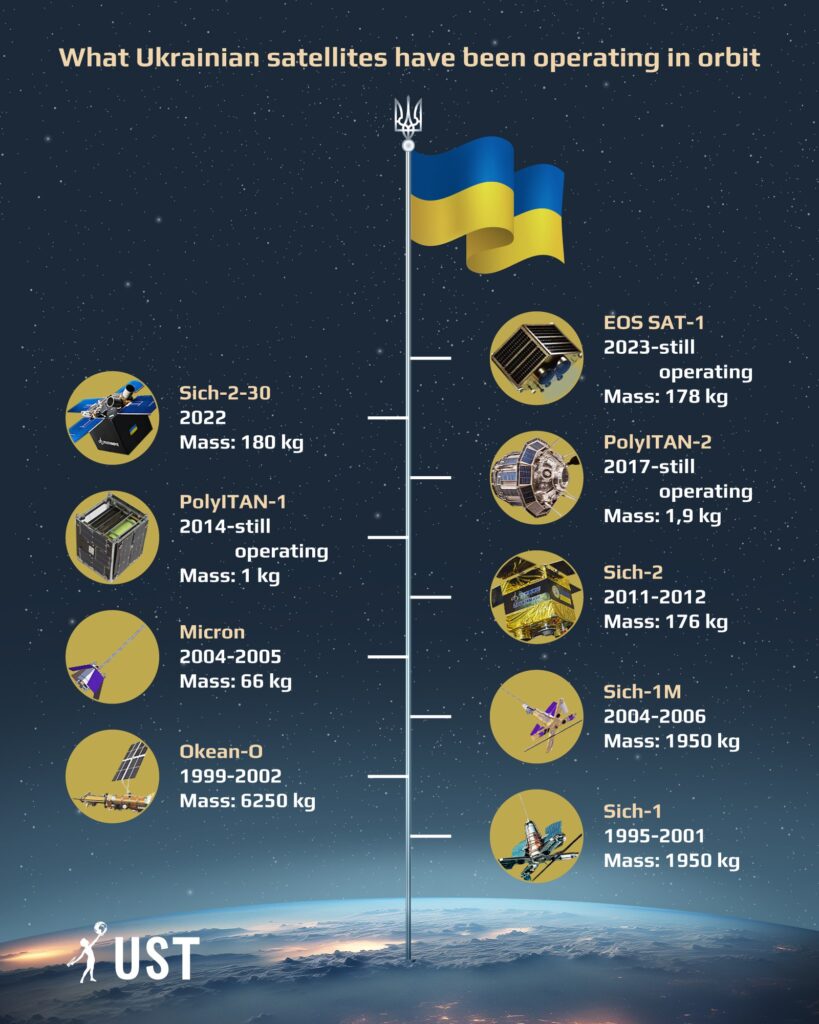
As for the projects from Pivdenne Design Bureau, they have been in the “proposed” or “under development” stage for many years. This applies, for example, to the Sich-3-O and Sich-3-R vehicles. They are designed for high-precision remote sensing of the Earth. They were developed back in the late 2000s, but since then there has been no special news about them.
The most interesting project that has been proposed in recent years is Ukrselena. It was supposed to be a device that would explore Moon from its orbit. Its launch was planned for 2017, but there has been no news about it since.
As for Ukrainian satellites in general, there are many proposals for their creation. Actually, fairly short timeframe are usually mentioned. However, projects just disappear as time passes. Or some other deadlines are announced.
The prospects for Ukraine’s satellite industry are quite good. However, to implement these, we need to get rid of the old practice to keep projects dormant for years and wait for funding indefinitely before moving anywhere. The modern space industry needs really eager people who know what to do instead of just talking around.

